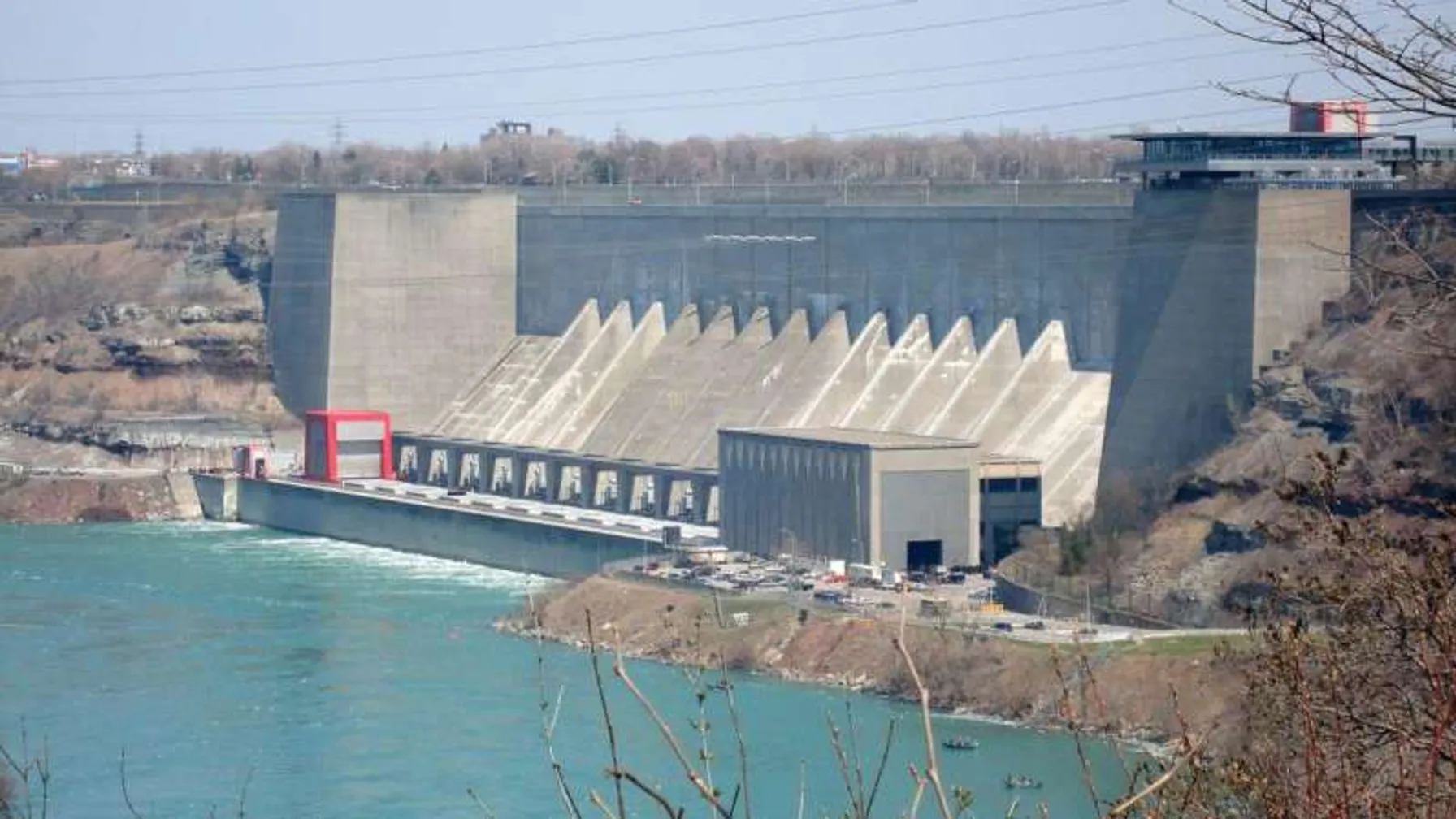Across the U.S., Department of Energy data show that some 2,200 hydroelectric projects produce more than 6 percent of all the electricity we consume, which amounts to more than one-third of all power generated in 2015 from renewable sources.
Operations of many existing hydroelectric projects are governed by 30- to 50-year licenses issued by the Federal Energy Regulatory Commission (“FERC”). Before regulators sign off on a license to authorize an existing project to continue to operate for up to another five decades, they subject projects to intense environmental scrutiny, and consult with a wide range of interested parties including federal, state, and local agencies, non-governmental organizations that may be national, regional, or local, homeowners associations, abutters to the project, downstream water users, and interested members of the public. Licenses typically include a host of conditions and restrictions on how the projects operate, the conditions under which water may be diverted for generation, how much water must be kept flowing in a river, and what investments owners may have to make to protect, mitigate, or enhance natural, recreational, and cultural resources. Oftentimes, the license requirements can result in a loss of generation output from a valuable renewable energy source.
Knowing that hydropower relicensing can be a long and sometimes contested process, TRC’s hydropower experts have learned that project owners can never do enough homework in understanding the value of the project and the stakeholders’ real interests. This knowledge is important in order to develop a licensing strategy. Two key questions can guide the quest for a license renewal to the most successful and efficient conclusion.
1. What is the value of your asset, and what’s your highest priority in relicensing?
For example, many owners will want to maximize the operational flexibility of their project so as to produce the maximum amount of electricity during the hours when wholesale electric prices are the highest. For other projects, minimizing capital investments and long-term compliance obligations regarding fish and wildlife protection and provision of recreational access may be the higher priority. Regardless, prior to entering the FERC relicensing process, it is critical for the project owner to understand the value of the project and to establish relicensing outcome objectives that reflect their priorities for the project.
2. What are the likely relicensing issues and potential commitments that may drive new license conditions?
The FERC relicensing process provides multiple opportunities for stakeholders to weigh in with FERC over a three to five year period before FERC issues a new license. Consequently it is just as important to have a thorough understanding of stakeholder issues and what environmental and resource protection and mitigation measures they may be seeking. The sooner a project owner understands stakeholders concerns and what resource protection measures the stakeholders believe may be needed, the more time the project owner has to analyze what they can agree to as part of a new license. This also allows the licensee time to study and assess whether such requests will actually provide value to the resource.
Currently FERC provides owners facing relicensing with three process options- Traditional, Integrated or Alternative. Each has attributes that can help support a licensee’s goal for addressing issues and achieving a positive license outcome. Having thorough, early answers to these two questions will help you and your team determine which makes the most sense for your project.
In summary, establish your priorities early, and know what requests will be coming from interested parties, so you can head into the relicensing project with a clear plan and strategy.




